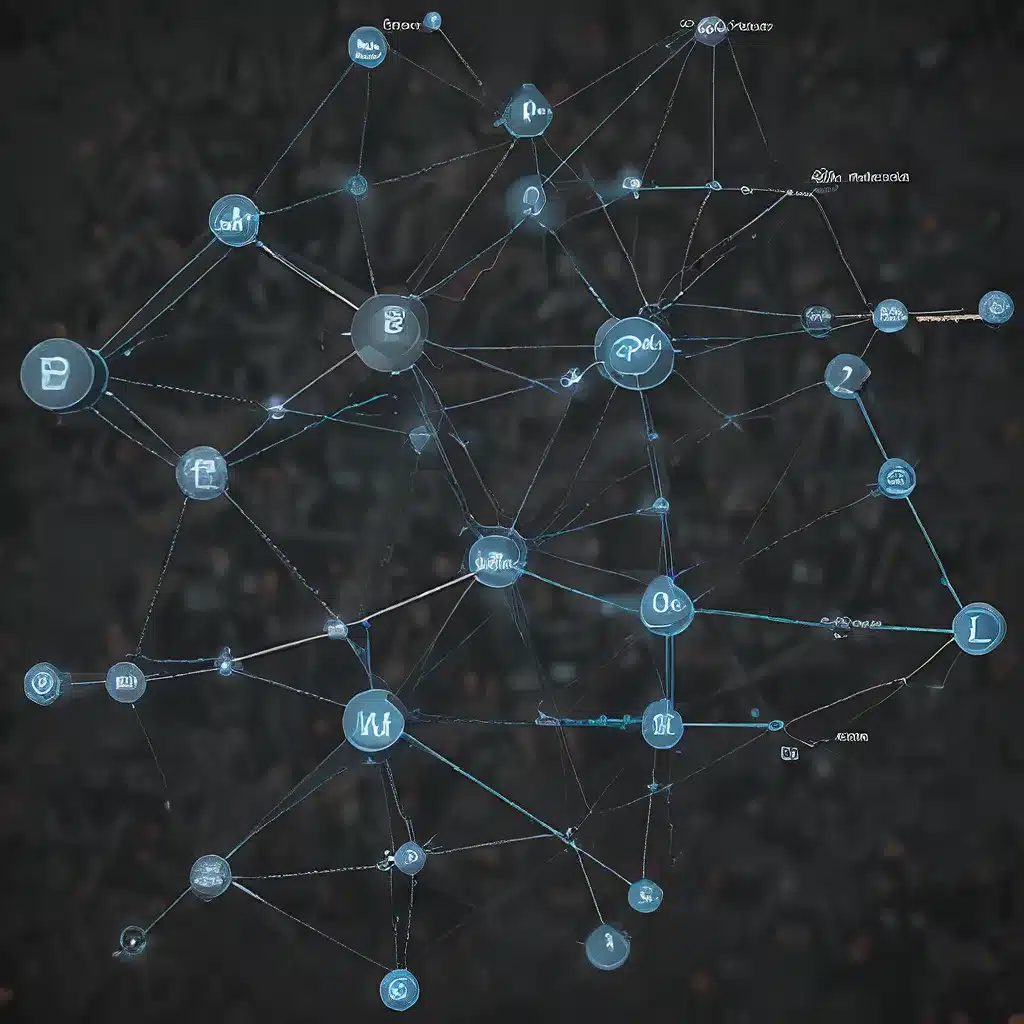
The Evolving Landscape of Sensor Networks and IoT
In the ever-expanding world of technology, sensor networks and the Internet of Things (IoT) have emerged as pivotal enablers, transforming how we interact with and harness data from our surroundings. These interconnected systems of sensors, actuators, and communicating devices have revolutionized industries, from environmental monitoring and smart cities to industrial automation and healthcare.
Sensor networks play a crucial role in gathering valuable insights, empowering decision-makers and driving innovation across a wide spectrum of applications. As these networks become increasingly complex and dynamic, the need for adaptive and intelligent algorithms has never been more pressing.
Addressing the Challenges of Sensor Networks
One of the primary challenges faced by sensor networks is energy efficiency. With limited battery resources and the often-remote deployment of nodes, optimizing power consumption is crucial for prolonging the operational lifespan of these systems. Traditional approaches to network organization, such as static clustering algorithms, have proven inadequate in the face of dynamic environmental conditions and evolving network topologies.
Another key concern is data reliability and integrity. Sensor networks operating in diverse and unpredictable environments are susceptible to fluctuations in signal-to-noise ratio (SNR), which can compromise the accuracy and reliability of the collected data. Ensuring consistent and high-quality sensor readings is essential for making informed decisions and deriving meaningful insights.
Adaptive Sensor Algorithms: A Promising Solution
To address these challenges, researchers have developed adaptive sensor algorithms that leverage swarm intelligence and distributed optimization techniques. These innovative approaches harness the collective behavior of ant colonies and other natural phenomena to dynamically organize sensor nodes, optimize energy usage, and maintain data reliability in the face of changing conditions.
The Adaptive Ant Colony Distributed Intelligent-based Clustering (AACDIC) algorithm, for instance, combines the principles of ant colony optimization (ACO) with distributed clustering to enhance energy efficiency and adaptability in sensor networks. By intelligently forming clusters and selecting cluster heads (CHs) based on factors such as energy levels and communication range, AACDIC minimizes the energy consumption of individual nodes and the network as a whole.
Enhancing Energy Efficiency through Adaptive Clustering
The AACDIC algorithm operates by dynamically adjusting the number and composition of clusters in response to changes in the network topology and environmental conditions. This approach addresses the limitations of static clustering methods, which often fail to account for the dynamic nature of sensor networks.
The key features of the AACDIC algorithm include:
-
Adaptive Cluster Formation: The algorithm continuously evaluates the optimal number of clusters based on factors such as node connectivity and energy levels, ensuring that the network remains well-organized and energy-efficient even as conditions evolve.
-
Distributed Cluster-based Sensing: By leveraging the collective intelligence of sensor nodes within each cluster, the AACDIC algorithm can effectively coordinate spectrum sensing and data aggregation, reducing the overall energy consumption of the network.
-
Intelligent Cluster Head Selection: The algorithm selects cluster heads based on a comprehensive set of criteria, including remaining energy, communication range, and centrality within the cluster. This ensures that cluster heads are well-equipped to manage data collection and transmission, further enhancing energy efficiency.
Improving Data Reliability through SNR Considerations
In addition to its energy-saving capabilities, the AACDIC algorithm also addresses the challenge of data reliability by incorporating signal-to-noise ratio (SNR) considerations into the decision-making process.
By adapting the data fusion and aggregation strategies based on real-time SNR measurements, the algorithm can maintain high-quality sensor readings even in the face of fluctuating environmental conditions. This adaptive approach ensures that the network can consistently provide reliable and accurate data, enabling more informed decision-making and improved outcomes across a wide range of IoT applications.
Practical Applications and Implications
The AACDIC algorithm and other adaptive sensor algorithms have far-reaching implications for the future of sensor networks and IoT. These technologies can be applied to a diverse array of domains, including:
-
Environmental Monitoring: Adaptive sensor networks can provide real-time, reliable data on environmental parameters such as temperature, humidity, and air quality, empowering authorities to make informed decisions and respond to emerging challenges effectively.
-
Industrial Automation: In smart manufacturing and industrial IoT, adaptive sensor algorithms can optimize energy usage, minimize downtime, and enhance predictive maintenance, leading to increased efficiency and cost savings.
-
Smart Cities: Sensor networks equipped with adaptive algorithms can support intelligent traffic management, efficient resource allocation, and responsive emergency services, improving the overall quality of life for citizens.
-
Healthcare: Adaptive sensor networks can be deployed in remote patient monitoring, enabling early detection of health issues and personalized treatment plans, ultimately improving patient outcomes and reducing healthcare costs.
Conclusion: The Future of Sensor Networks and IoT
As the world becomes increasingly interconnected and data-driven, the importance of sensor networks and IoT technologies cannot be overstated. The development of adaptive sensor algorithms, such as the AACDIC method, represents a significant step forward in addressing the challenges of energy efficiency, data reliability, and network adaptability.
By harnessing the power of swarm intelligence and distributed optimization, these innovative algorithms are poised to revolutionize the way we design, deploy, and manage sensor networks, unlocking new possibilities and driving meaningful advancements across a wide range of industries and applications.
As we continue to explore the frontiers of sensor network technology, the integration of adaptive algorithms will undoubtedly play a pivotal role in shaping the future of the Internet of Things, empowering us to make more informed decisions, optimize resource utilization, and enhance the quality of our lives and our environment.